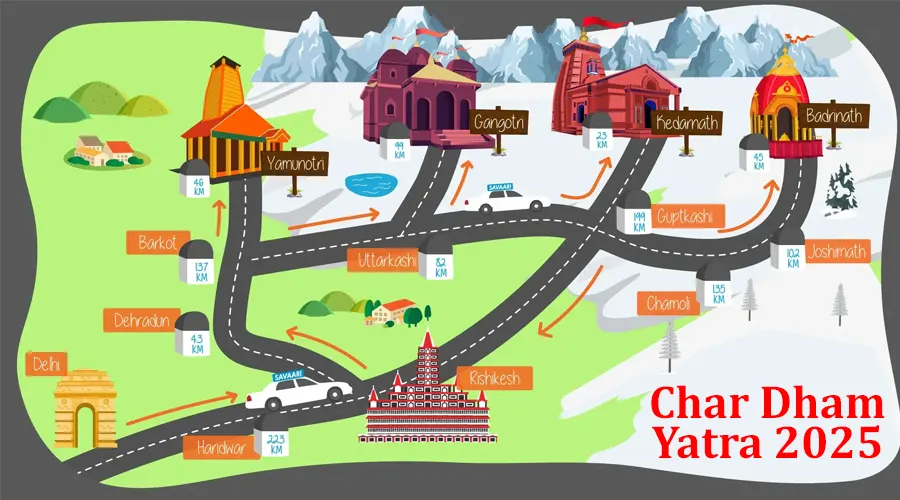Ecotourism in India – Travel Sustainably, Explore Naturally
India, with its immense biodiversity, ancient traditions, and varied landscapes, is a perfect destination for ecotourism. From lush rainforests to Himalayan villages, ecotourism in India emphasizes sustainable travel that supports local communities, preserves the environment, and offers authentic experiences in nature. It’s a chance to reconnect with the Earth while leaving a positive impact.
What is Ecotourism?
Ecotourism is responsible travel to natural areas that conserves the environment and improves the well-being of local people. It involves:
- Low-impact travel
- Support for conservation
- Cultural respect
- Community empowerment
Best Ecotourism Destinations in India
1. Sundarbans, West Bengal
- Largest mangrove forest in the world and a UNESCO World Heritage Site
- Home to the Royal Bengal Tiger, crocodiles, and unique birdlife
- Eco-lodges and boat safaris available
2. Thenmala, Kerala
- India’s first planned ecotourism destination
- Offers treetop huts, nature walks, and cultural performances
- Known for its bio-reserve and forest adventure activities
3. Spiti Valley, Himachal Pradesh
- High-altitude desert region with sustainable homestays
- Solar-powered villages and monasteries
- Ideal for slow, mindful travel and cultural immersion
4. Khonoma, Nagaland
- India’s first green village
- Community-based tourism promoting Angami culture and conservation
- Rich in birdlife and forest trails
5. Coorg, Karnataka
- Coffee plantations, organic farms, and forest treks
- Eco-stays with local Kodava hospitality
- Great for birdwatching and nature walks
6. Mawlynnong, Meghalaya
- Asia’s cleanest village
- Community-led eco practices, bamboo bridges, and sustainable tourism
- Located near the living root bridges of Cherrapunji
Activities in Ecotourism
- Jungle safaris in eco-parks
- Nature treks and birdwatching
- Organic farm visits
- Cultural exchange in eco-villages
- River rafting in clean, regulated zones
- Volunteer opportunities in wildlife conservation
Tips for Responsible Ecotourism
- Avoid plastic and carry reusable items
- Respect local culture and customs
- Stay in certified eco-lodges or homestays
- Use local transport and guides
- Leave no trace – clean up after yourself
- Choose tour operators that follow sustainable practices
Why Choose Ecotourism in India?
- Biodiversity Hotspots: Himalayas, Western Ghats, Eastern India forests
- Community-Based Travel: Local participation and income generation
- Spiritual and Natural Harmony: Yoga, Ayurveda, and nature coexist
- Wildlife and Conservation: National parks, biosphere reserves, eco-initiatives
- Diverse Landscapes: Mountains, rivers, forests, deserts, and coasts
Best Time for Ecotourism in India
- October to March: Best for wildlife parks, south India forests, and cultural tours
- April to June: Ideal for Himalayan ecotourism and higher altitude regions
- Monsoon (July–September): Lush greenery in Kerala, Meghalaya, and Western Ghats
Final Thoughts
Ecotourism in India is more than just travel—it's a movement toward preserving nature, celebrating culture, and empowering communities. By choosing eco-friendly options, you’re not only experiencing the beauty of India in its rawest form but also becoming a part of its conservation journey.
Whether you want to sleep under the stars in a forest camp or live with tribal communities in remote villages, India’s ecotourism destinations welcome you with open arms—and a green heart.































